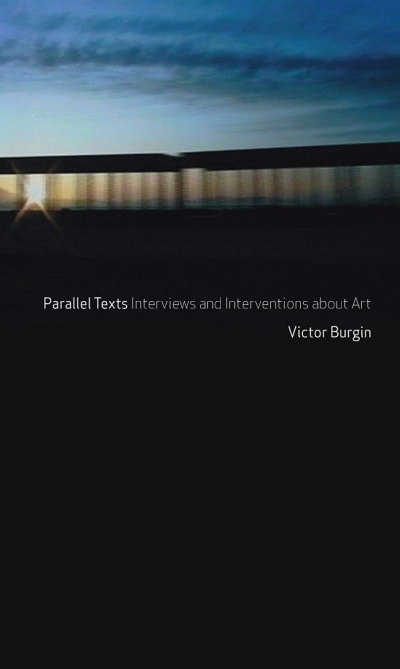
The Benjamin Files
"The Benjamin Files" offers a comprehensive new reading of all of Benjamin’s major works and a great number of his shorter book reviews, notes and letters. Its premise is that Benjamin was an anti-philosophical, anti-systematic thinker whose conceptual interests also felt the gravitational pull of his vocation as a writer. What resulted was a coexistence or variety of language fields and thematic codes which overlapped and often seemed to contradict each other: a view which will allow us to clarify the much-debated tension in his works between the mystical or theological side of Benjamin and his political or historical inclination. The three-way tug of war over his heritage between adherents of his friends Scholem, Adorno and Brecht can also be better grasped from this position, which gives the Brechtian standpoint more due than most influential academic studies. Benjamin’s corpus is an anticipation of contemporary theory in the priority it gives language and representation over philosophical or conceptual unity; and its political motivations are clarified by attention to the omnipresence of history throughout his writing, from the shortest articles to the most ambitious projects. His explicit programme – “to transfer the crisis into the heart of language” or, in other words, to detect class struggle at work in the most minute literary phenomena – requires the reader to translate the linguistic or representational literary issues that concerned him back into the omnipresent but often only implicitly political ones. But the latter are those of another era, to which we must gain access, to use one of Benjamin’s favorite expressions.

































































































